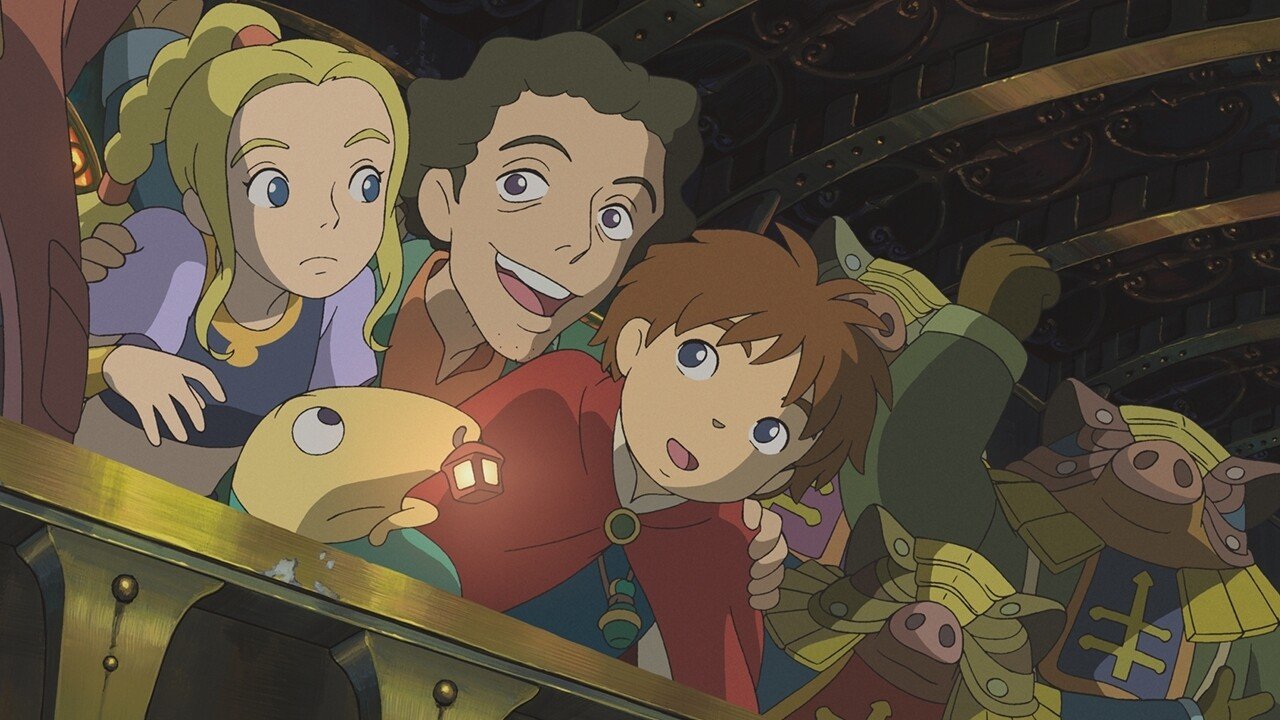Over the last few weeks I’ve had a nice break from the more conventional games available in the market to play and review games that are off the beaten path.
It’s a bit depressing to me to think of JRPGs and platformers as “off the beaten path” but in a world where the FPS reigns supreme, that’s become the case. It’s also a world where the holy grail of graphics, photorealism, has been exacting a tighter and tighter stranglehold on the developers in the industry. Both Ni no Kuni and Sly Cooper: Thieves in Time are nice break from that.
 Ni no Kuni of course, benefits from the simple yet emotive art direction of Studio Ghibli, and as a result, looks like no other game currently available on the market. Yes, we have other games that use the cel shading technique, but this is the most effective that the technique has ever looked. It’s an amazing reminder to the players that graphics cards can do much more than just create more realistic looking guns and people; all it requires is a willingness to entertain the imagination. Sly Cooper: Thieves in Time brings us back to the glory days of the PS2 era when funny, talking animals could be found with more regularity, and it creates a vibrant, colorful world in which it’s actually hard to find a spot of grey anywhere. The game’s playful nature and cartoony graphics take the gamers back to childhood and Saturday morning cartoons where animals crack wise, the danger is never lethal, and no matter how bad things get, it’s all probably going to work out in the end. You’d think that as the graphical fidelity of hardware became more powerful, the simple idea of being able to live in the world of a Japanese anime or Saturday morning cartoon would have become more commonplace.
Ni no Kuni of course, benefits from the simple yet emotive art direction of Studio Ghibli, and as a result, looks like no other game currently available on the market. Yes, we have other games that use the cel shading technique, but this is the most effective that the technique has ever looked. It’s an amazing reminder to the players that graphics cards can do much more than just create more realistic looking guns and people; all it requires is a willingness to entertain the imagination. Sly Cooper: Thieves in Time brings us back to the glory days of the PS2 era when funny, talking animals could be found with more regularity, and it creates a vibrant, colorful world in which it’s actually hard to find a spot of grey anywhere. The game’s playful nature and cartoony graphics take the gamers back to childhood and Saturday morning cartoons where animals crack wise, the danger is never lethal, and no matter how bad things get, it’s all probably going to work out in the end. You’d think that as the graphical fidelity of hardware became more powerful, the simple idea of being able to live in the world of a Japanese anime or Saturday morning cartoon would have become more commonplace.
And yet the opposite has actually happened.
As gamers, particularly fans of shooters, the one locale that has become almost as familiar as the backyard is… the Middle East. The glaring sun, the dusty roads, and of course, the endless flood of terrorists/Russian soldiers. We’ve gotten accustomed to corridors, dim lighting, and an abundance of gray. In a world where graphic technology is capable of rendering millions of colors, the one gamers know best is gray.

It’s the exact opposite of what’s been happening in cinema. As the power of computer animation grew by leaps and bounds, screenwriters and film directors used the technology to increasingly imaginative effect. After all, they’d been shooting realism for years, and technology had now freed them from the constraints of reality to show us things that we’d never seen before. This can be traced from the humble beginnings of Tron all the way up to Avatar. Game developers have had the opposite problem, forced to use their imagination and limited technology to present interesting visuals, and then increasingly relying on motion capture and higher polygon counts to show gamers the same world they live in day in and day out. Filmmakers want their audiences to escape from the reality they know, whereas game developers are hell bent on putting you right back in it, with lighting and rendering so realistic you can’t tell the difference.

That’s not to say that all FPS games are legally obligated to look photo-real. You don’t have to look any farther than Borderlands 2 to see a shooter says “No. Realistic proportions and dark colors don’t have a home here.” And The Darkness 2 also tried something a little different, mimicking the graphic feel of an Image comic book. But such dramatic departures in art direction are a rarities in our modern gaming climate and I think in some ways, we as gamers are the poorer for it. Why is it that as graphics technology becomes more and more powerful, our games are starting to look less diverse, unique and distinct and all have a “Samey” feel to them?




